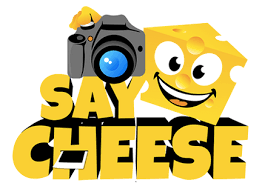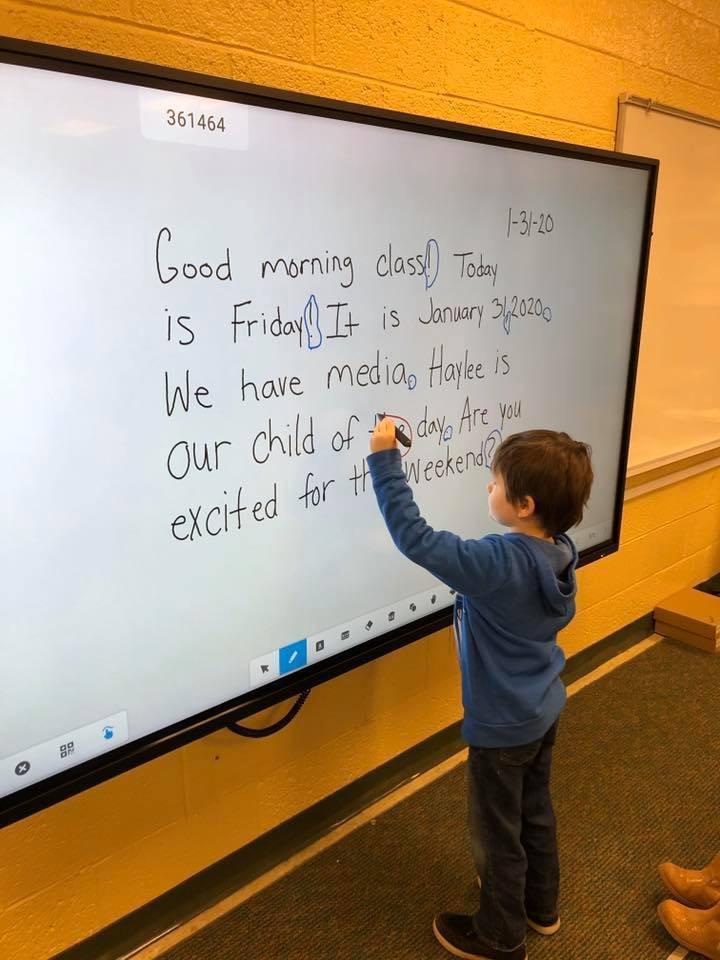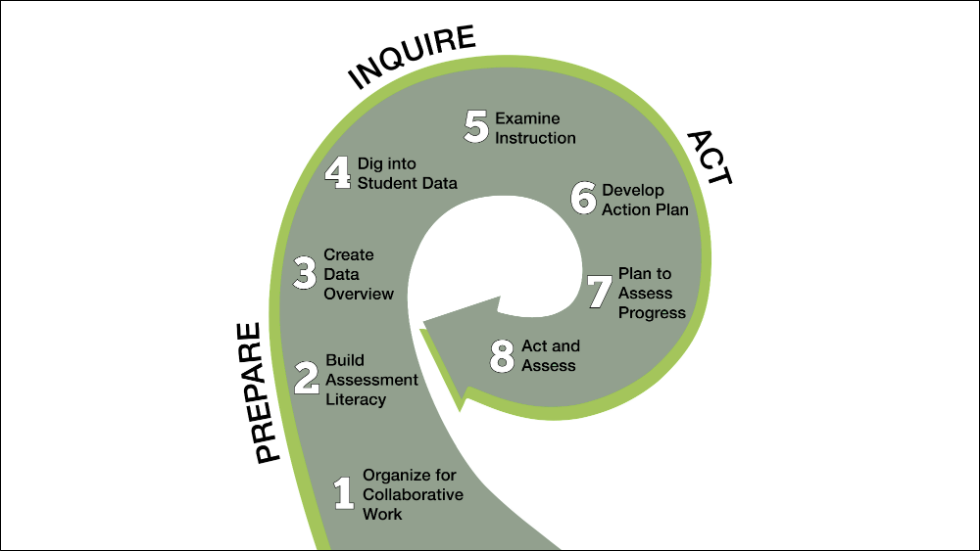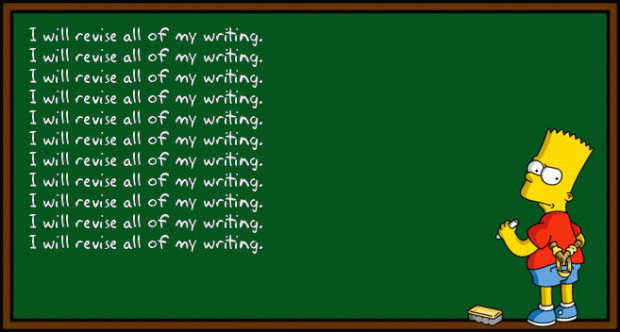Coming soon to Arno…
March 2
MIRM Penny Wars Day 1

Dr. Seuss’s Birthday!

3rd Grade SAP trip
March 3
Unplugged Night

3rd Grade SAP trip
March 4
Wear it Wednesdays- Book Character

3rd Grade SAP trip
March 5
PTA Meeting 6:30- MOVED TO Lindemann to hear about the millage
Readers are Leaders Assembly 9:00
Steve @conf.
March 6
End of 2nd Trimester
Early Release 11:30
March 9
MIRM Penny Wars

Book Exchange Week
Ad Council 9:00
March 10
Unplugged Night

Author’s Visit
March 11
Wear it Wednesdays- T-shirt with words

Cookie Dough Fundraiser Game truck
PBIS Meeting 7:50
March 12
Spring Pictures

March 13
2nd grade/Jensen to DYPAC
Report Cards Go Home

ARNO VISION
ARNO ELEMENTARY WILL PROVIDE A SYSTEM OF SUPPORT TO EMPOWER
AND INSPIRE STUDENTS TO BECOME COLLABORATIVE LEARNERS
THAT STRIVE FOR ACADEMIC EXCELLENCE

bit.ly/APnonHmill
We need your help!
Our Priority – To ensure that the students of Allen Park Public Schools receive the maximum funding authorized!
Things to Consider
-
This will not increase property taxes for primary residents.
-
The loss in funding will only grow as taxable values increase on all non-homestead properties.
-
We are just asking for business taxes to return to where they were in the past.
-
Our schools have lost $189,000 due to the Headlee Rollback over the last two years.
Important Voting Information
-
February 24: Last day for online/mail voter registration
-
February 25 – March 10: In-person voter registration
-
For your polling location, visit https://mvic.sos.state.mi.us/
PLEASE join us at Lindemann Elementary for our next PTA meeting on March 5 at 6:30. The district will be at the meeting presenting information on this vote to all three AP elementary PTAs.


Reading Fluency and The Magic of Song
At the NWEA conference this week, I was fortunate to see Dr. Tim Rasinski speaking about fluency in the key note- this is an excellent article to consider in your literacy teaching.
Lets_Bring_Back_the_Magic_of_Song_for_Teaching_Re
Data Question to Reflect on this Week
In what ways am I challenging students who are clearly being successful in my classroom?

March is Reading Month News!
March is Reading Month
One Book, One School
This year to celebrate March is Reading Month, our entire school
will be reading Spring According to Humphrey. That is why our
celebration is called One Book, One School. Spring According to
Humphrey is just one book in a series about Humphrey, the class
hamster at Longfellow School.
Each student will get a book this year! Our goal is that you would
read this book together at home. The book is for your family to keep!
We hope you enjoy reading together as a family. The included pacing
guide outlines the chapters to be read each week. Your child’s teacher
will also be given a book to read and discuss the book in class.
Throughout the month of March we will have a wide variety of
reading themed activities to participate in at home and at school. Also,
attached is a calendar of all of the fun activities we have planned!
Books will be distributed on Thursday, February 27, 2020.
Pacing Guide
To celebrate March is Reading Month at home, we ask that you read Spring
According to Humphrey at home each night. To finish the book by the end of the
month please follow this suggested pacing guide.
March 2-6: Chapters 1-4
March 9-13 : Chapters 5-8
March 16-20: Chapters 9-12
March 23-27: Chapters 13-14
Book Exchange
During the week of March 3 -9, students will be participating in a book exchange on
their library day. Students can bring in up to three books to exchange with gently
used books. Students will be able to exchange the same number of books that
they bring from home, so if a student brings in one book, they will be able to pick
out one book. Look for a flyer coming home with more information.
Unplugged Night
Every Tuesday in March, we ask that you “unplug” from your electronic devices.
While you are unplugged, do fun activities together with your family like: play a
board game, read together, make dinner together, or any other unplugged activity
you can think of.
Wear it Wednesdays
Each Wednesday dress up to celebrate March is Reading Month!
March 4: Dress up as your favorite book character
March 11: Wear a t-shirt with words on it
March 18: Wear a hat with words
March 25: Dress up as Humphrey
DEAR
On Tuesdays and Thursdays each classroom will participate in D.E.A.R, which stands
for Drop Everything And Read! Students can read books from their classroom
libraries or they can bring a book from home.
Guest Readers
Throughout the month of March, Mrs. Byrne, our media specialist, will be arranging
guest readers to come into different classrooms to read. If you would like to be a
guest reader in your child’s class, contact your child’s teacher to schedule a time.
Penny Wars
Save your spare change to bring to school every Monday in March, March 2, 9, 16, 23, and 30. Give your pennies to your class and your nickels, dimes, and quarters to other classes. Pennies add to your classes total, but other coins count against your total. The class with the highest total wins! All proceeds will go to future March is Reading Month Activities.
Bingo for Books
On March 19, students are invited to play bingo in Arno’s cafeteria. Get a bingo and
win a book! There will be two different times available. Look for more information
about Bingo for Books coming home soon.
Culminating Activity
Friday, March 27, is a half day. Help us celebrate the end of March is Reading Month
by wearing your pajamas and bringing your favorite book to school.
mirm 20


Revision
We had a big discussion on our School Improvement team about revision and edit becoming more mainstream into what we do, while looking at how we can manage Journeys at the same time. This is just one of many resources that you can take a look at for revision.
 Revising is a way to learn about the craft of writing. Phyllis Whitney famously wrote, “Good stories are not written. They are rewritten.” Learning to revise teaches students about the characteristics of good writing, which will carry over into their future writing. Revision skills complement reading skills; revision requires that writers distance themselves from the writing and critically evaluate a text.
Revising is a way to learn about the craft of writing. Phyllis Whitney famously wrote, “Good stories are not written. They are rewritten.” Learning to revise teaches students about the characteristics of good writing, which will carry over into their future writing. Revision skills complement reading skills; revision requires that writers distance themselves from the writing and critically evaluate a text.
| When to use: |  Before reading Before reading |
 During reading During reading |
 After reading After reading |
| How to use: |  Individually Individually |
 With small groups With small groups |
 Whole class setting Whole class setting |
More writing strategies
Why teach revising?
- It’s an important part of the writing process.
- Revising gives students an opportunity to reflect on what they’ve written.
- Revising is a way to learn about the craft of writing.
- Revision is closely tied to critical reading; in order to revise a piece conceptually, students must be able to reflect on whether their message matches their writing goal.
How to teach revising
Research on revision and the quality of writing shows that strategy instruction is very powerful. When using strategy instruction, teachers should do the following:
- Explain the revising process explicitly: provide specific, meaningful goals for the revision and/or clearly identify the audience.
One way to make the criteria very specific is to focus on genre. For example, when teaching narratives, develop a simple checklist that aligns with good narrative writing. For example, ask students “Are all the story elements included? Are the characters clearly described? Does your story show how characters feel?”Another approach focuses not on genre, but rather overall qualities such as clarity and detail. For example, “Is there anything that is difficult to understand?” “What vocabulary words could you add to make the story more interesting?” - Model the strategy with think-alouds. This can be achieved by displaying one writing sample on a chart or ELMO, and using that sample to model and discuss how to revise the paper in a way that would improve it.
- Provide guided practice with feedback. This can be done through peer editing and through meaningful teacher–student dialogue. These collaborative efforts reinforce the understanding that writing is a social process in which a message is created for an audience.
- Gradually work toward independent mastery by students.
Peer editing is a very successful way to help students develop revision skills. This is particularly true when the peer groups have explicit goals for the revision. For example, find one place in the writing where the message is unclear, or one place where a different vocabulary word could be used.
Many teachers use checklists and mnemonic devices to help students revise their writing. Here are a few examples:
- Writing checklists (K-10)
- COPS editing checklist 1
- COPS editing checklist 2
- COPS editing checklist 3
It’s important to help students focus on more than sentence-level revisions. The 6 + 1 Trait writing program encourages a bigger-picture revision process through attention to ideas, organization, voice, word choice, and more. Their revision checklist includes items such as:
- The topic is narrow and manageable.
- The details support the idea.
- The order of details makes sense.
- The writing has an interesting beginning and ending.
Although it’s rarely considered this way, revisions include any changes a writer makes to a draft, including decisions made both before the writing begins and as drafting is taking place. Strategies that engage students before writing begins — for example RAFT and the story sequence strategy — can help students develop a strong first draft.
These steps for revision can be used across content areas. The types of writing that could take place include writing the steps to a word problem (math), reporting results from an experiment (science), and summarizing an important historical event or figure (social studies).
Watch: Starring Details
Aid students in understanding the various interacting stages of the writing process, including revising, and provide students with a strategy for adding detail to their writing. See the lesson plan.
This video is published with permission from the Balanced Literacy Diet. See related how-to videos with lesson plans in the Writing Processes and Strategies section.
Watch: Writing Self-Assessment
Charts and checklists help students self-assess. These students and their teacher use a familiar chart to evaluate other students’ writing as a first step toward evaluating their own. (Excerpted from Stenhouse Publishers’ “Inside Notebooks” video)
Differentiated instruction
for second language learners, students of varying reading skill, and for younger learners
New writers and ELL students may initially have difficulty revising their work. Revising to them often means painstaking recopying, and revisions are often done only at the sentence level rather than to the piece as a whole.
- Make judicious use of peer editors. Provide a supportive peer with whom your student can work constructively.
- Provide very clear goals for the revision process, for example give simple directions to add ideas to make their papers more interesting.
- Allow students to use word processors for writing. They can ease the physical process of writing, enable students to produce error-free final copies, and make revision possible without needing to recopy.
See the research that supports this strategy
Graham, S. & Harris K. (2007). Best practices in teaching planning. In S. Graham, C. MacArthur, & J. Fitzgerald (Eds.) Best practices in writing instruction. New York: Guilford.
MacArthur, C. (2007). Best practices in teaching evaluation and revision. In S. Graham, C. MacArthur, & J. Fitzgerald (Eds.) Best practices in writing instruction. New York: Guilford.
Children’s books to use with this strategy

Questions, Questions
A series of rhyming questions about the natural world accompanied by open illustrations are sure to inspire research in various content areas as well as presentation of the information (or inspiration) in a clear sequence.

Dear Mrs. LaRue: Letters from Obedience School
Ike, a likeable mutt, is sent to obedience school from which he writes letters that don’t match the actions depicted in the illustration. Rewrite Ike’s letters but from a neutral point of view such as that of an unbiased reporter. Ike LaRue returns in LaRue Across America: Postcards From the Vacation (Scholastic) among others, each of which involves writing from different points of view.

Boy Wonders
A boy wonders aloud about many things challenging readers to think about not only language and its uses and possible about specific content areas (e.g., the genesis of proverbs and adages, traditional lore, and entomology). Each statement of wonder could be a story prompt to use with RAFT.

Interrupting Chicken
Though she promises she won’t interrupt, a little red chicken inserts herself into the fairy tales her father reads to save the fairy tale characters from familiar bad endings. When her father tires of the interruptions, she shares an original story in which the dad is put to bed. Cartoon illustrations depict the likeable characters and humorous actions.

Clementine’s Letter
Impetuous Clementine is concerned that she’ll lose her much loved 3rd grade teacher, Mr. D’Matz, when he’s recommended to study in Egypt for a year. Clementine cooks up a letter to assure that Mr. D’Matz doesn’t get the fellowship. Humor abounds in this third book about spontaneous, likeable, and ultimately honorable Clementine.

The Bunnicula Collection: Books 1 to 3
Harold the family dog narrates three stories of life with supernatural suspicions which begins with Bunnicula, the bunny with fangs. In the Howliday Inn while boarding at the Chateau Bow-Wow, Harold and Chester (the Monroe cat) encounter a werewolf, perhaps. Chester and Harold must stop zombie vegetables when the Celery Stalks at Midnight. Over-the-top humor is very appealing to a broad range of listeners (including adults!).






